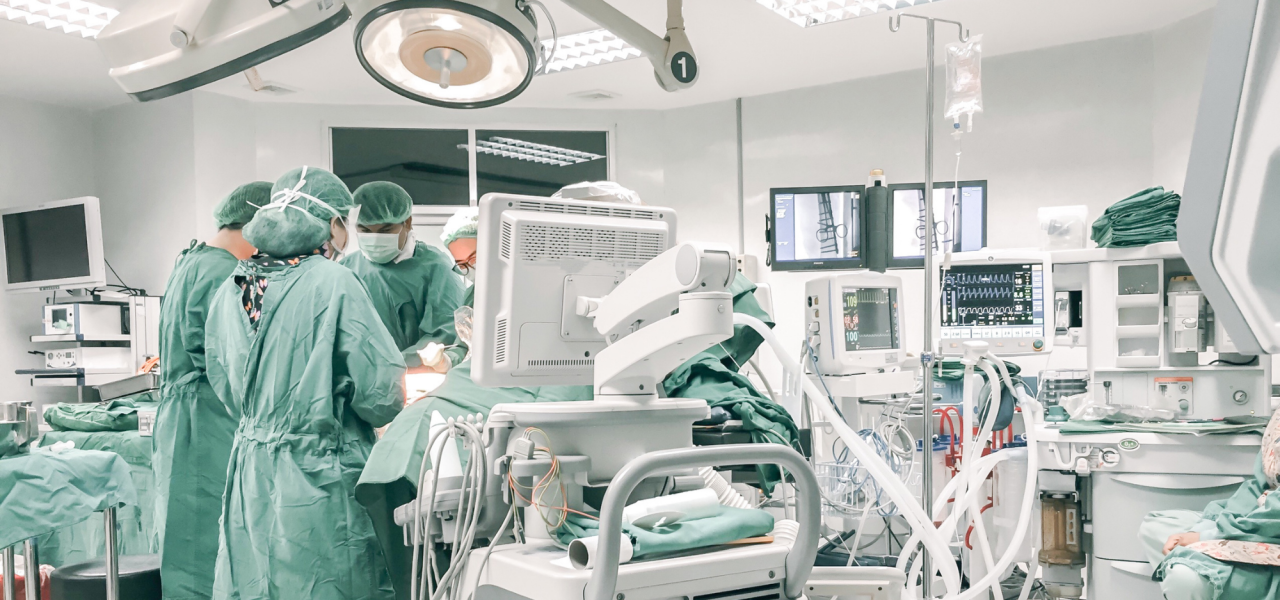
The Importance of Anesthesia System Testing
Did you know that each year, approximately 313 million surgeries are performed worldwide? That’s huge, isn’t it? As the number of surgical procedures increases, more facilities become equipped to perform them. While not every surgical procedure requires it, the prevalence of inhalational anesthesia administration has grown. While there are 5 inhalational agents, and one inhalational anesthetic gas (nitrous oxide), inhalational anesthetics such as, halothane, and enflurane are less commonly used. Desflurane and Sevoflurane and now more commonly used to induce and maintain general anesthesia in the operating room.
In this guide, we focus on how Anesthesia systems work and why testing is vital for optimal performance and safety.
 What is Anesthesia?
What is Anesthesia?
Anesthesia refers to the use of medications to prevent pain and sensation during surgery. Other advantages of anesthesia include:
- Proper muscle relaxation
- Loss of patient awareness
- Controlled breathing
- Controlled circulation
Usually, anesthesia is a term used to describe the loss of sensation or awareness. It can be an important part of any surgical procedure, but it does come with risks. A patient could have issues breathing on their own during and after surgery, which can cause serious side effects. This is why it's so important to test inhalational anesthesia systems during scheduled maintenance and before surgery.
Why is Anesthesia System Testing Important?
One of the most important applications of anesthesia gas detection is for performance verification of vaporizers. Though many anesthesiologists monitor concentration using the anesthesia sensor integrated with the patient monitor, scheduled testing of safety interlock and anesthetic agent concentration delivery from vaporizers must also be done to ensure maximum performance and safety.
According to the American Society of Anesthesiologists Closed Claims Project database, 35 % of the patient injury claims related to anesthesia gas delivery equipment were preventable by a pre-anesthesia machine check!
Hospitals should ensure that all safety mechanisms and technologies comply with minimum performance and safety standards according to the manufacturer's specifications. Improper anesthesia system testing may cause significant harm to the patient.
Anesthesia system testing is a critical part of ensuring that patients are safe throughout their procedure. It ensures that the correct inhalational agent dosage is delivered.
How is Anesthesia System Testing Performed?
As described above, Anesthesia system testing is a process that ensures the minimum performance and safety of the technology, including safeguards to ensure that only one inhalational anesthestic vapor can be used at a time, and that the patient’s breathing can properly be maintained.
Anesthesia system safety can be tested by a properly trained biomedical engineer with the proper test instruments to perform the tests. Biomedical professionals and experts at Fluke Biomedical spent years researching and developing test instruments to ensure the minimum performance and safety of all medical gas flow and pressure delivery equipment, including Anesthesia systems.
Fluke Biomedical VAPOR Anesthesia Vaporizer Tester is an accessory to the VT900A Gas Flow Analyzer / Ventilator Tester that expands testing capability to include vaporizers. VAPOR automatically detects the 5 major anesthetic agents, CO2, and N2O, and identifies them by their international color code for easy identification - no effort on your part. To acquire more knowledge on this, do not hesitate to contact us.